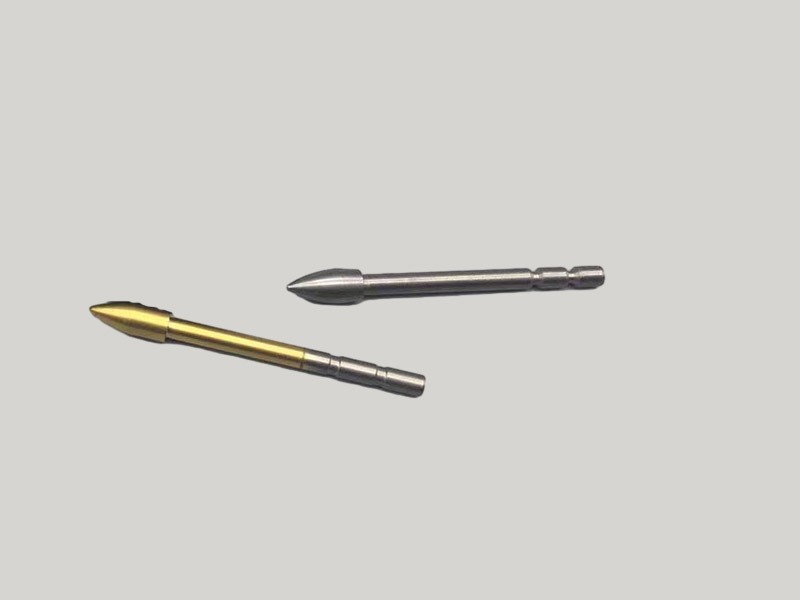The quality of heavy tungsten alloy is not just versatile; it is also strong and dense at the same time, which enables it to be efficiently used in small spaces. Its production involves merging tungsten with either nickel and iron or copper, resulting in a material that is rugged as well as easy to machine. This alloy possesses all the necessary features required in aerospace, defense, and power generation industries. Its precise weight distribution properties additionally open up the manufacture of counterweights, radiation shields, and high-impact tools that require constantly dependable quality.

In addition to strength, heavy tungsten alloy is also important to the medical and nuclear industries for radiation protection. The high atomic mass number provides exceptional shielding from gamma rays and x-rays. Hospitals utilize heavy tungsten alloy in CT scanners, collimators, and lead protective barrier panels. Nucleaer power facilities utilize heavy tungsten alloy in reactor shielding and shipping containers. The durability of the alloy allows the use of thinner mass while still achieving the same protection level, thereby offering efficient use of space and long-term reliability.

In the following years expect a confluence of heavy tungsten alloy with advanced composites for hybrid engineered materials. The hybrids will provide flexibility, corrosion resistance and weight reduction benefits. In addition, as industries look for stable and energy absorbing materials, the role of alloy in electric mobility and autonomous vehicles will grow.

After each operational activity, heavy tungsten alloy must be cleaned and thoroughly dried. Application of a thin film of oil will help enhance corrosion resistance. Store in locations away from the sun and chemicals that promote corrosion, in order to maintain observable mechanical properties and original density characteristics of the heavy tungsten alloy.
heavy tungsten alloy is suitable for applications that require surface area weight and mechanical strength. The material maintains an excellent wear resistance and has a high thermal stability characteristic. It is commonly found in parts for aerospace balancing, in mold making, and in heavy engineering equipment. Because of its density, heavy tungsten alloy provides the highest reliability and operational efficiency.
Q: How does Tungsten heavy alloy differ from pure tungsten? A: While pure tungsten is brittle, Tungsten heavy alloy has improved ductility and strength due to the addition of metal binders like nickel or iron. Q: Why is Tungsten heavy alloy used in medical imaging devices? A: It provides excellent radiation attenuation while maintaining compactness, ensuring precision and safety in X-ray and CT applications. Q: How durable is Tungsten heavy alloy in long-term use? A: It offers excellent wear and corrosion resistance, ensuring long-lasting performance in industrial and defense systems. Q: Can Tungsten heavy alloy be welded or joined easily? A: Yes, it can be joined using brazing or mechanical methods, though proper temperature control is required to maintain structural stability. Q: What role does Tungsten heavy alloy play in the defense industry? A: It is used for armor-piercing projectiles, kinetic energy penetrators, and vibration damping in high-performance military equipment.
The Tungsten heavy alloy provides solid consistency in production; every piece meets our exact requirements.
The tungsten jig performs great in both saltwater and freshwater; it doesn’t rust or wear out easily.
To protect the privacy of our buyers, only public service email domains like Gmail, Yahoo, and MSN will be displayed. Additionally, only a limited portion of the inquiry content will be shown.
I’m interested in your tungsten jig models used for saltwater fishing. Please share your catalog a...
We operate a fishing tackle store and want to stock tungsten jig. Please send details on bulk pricin...

Copyright © Zhuzhou Jiuding Metal Technology Co., Ltd. All Rights Reserved